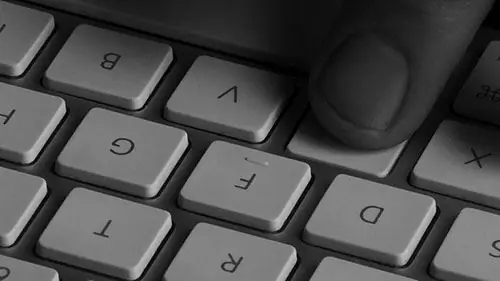Any computer or laptop user sooner or later needs to protect their files and folders from deletion. The Windows operating system provides all the possibilities for setting rights for different users, and you yourself can set the level of access to your folders. However, there is a small drawback - limiting rights is effective if you have configured logins under different users.

Necessary
- - computer;
- - administrator rights.
Instructions
Step 1
First of all, you need to decide on the files that need to be protected. Find your folder through "My Computer" or "Explorer". Right-click on the folder icon and select Properties.
Step 2
In the Properties window, go to the Security tab and then click the Edit button. In the window that appears, select the name of the user whose access rights to the folder you want to configure. You can choose from different accounts that are available on your computer. It is also worth considering the fact that at any time you can change or remove the rights to the folder.
Step 3
Review the rights and select the ones you want to deny. If you check the box next to "Full access" in the "Deny" column, then the selected user will not be able not only to delete the folder, but also to change anything in it or write a file there. To prohibit deletion, you must mark the "Change" item.
Step 4
Save the settings by clicking the "Apply" button. If necessary, repeat the procedure for other users so that no one but you can delete your data. This method of protection is the most optimal and simple for users, since it does not require additional software. And also you don't need any special computer knowledge.
Step 5
All the necessary access rights settings have been made. They completely define what a particular user can or cannot do. You can configure all this yourself using the standard tools of the Windows operating system. However, please note that these restrictions will only apply within your operating system. In general, try not to allow unauthorized persons to access your computer or store important data on small portable media.






